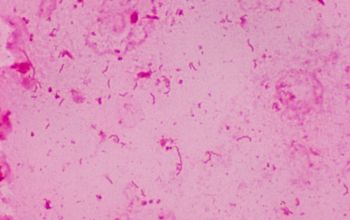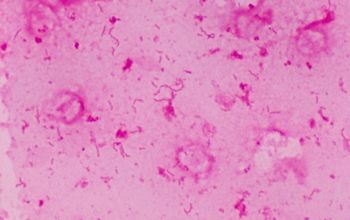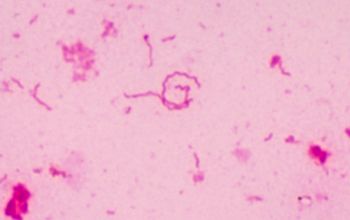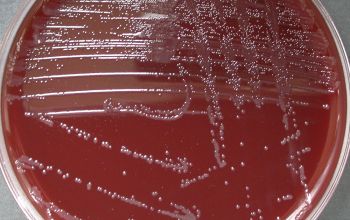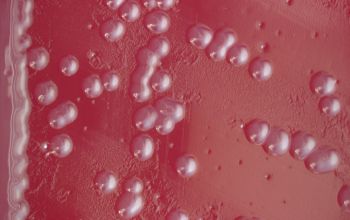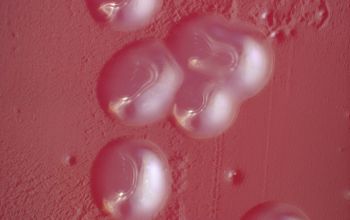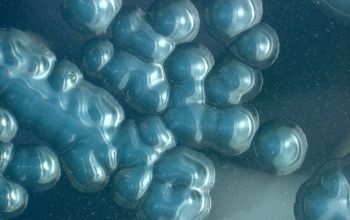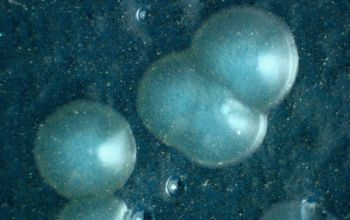Campylobacter lari
-
General information
Taxonomy
Family: Campylobacteriaceae
Natural habitats
In the intestinal tract of animals.
Man is infected by direct contact with infected animals, gulls and other avian species, dogs, cats and chicken.
Clinical significance
C. lari has infrequently reported from humans with bacteremia and gastrointestinal and urinary tract infections.
Symptomatic infections
are usually self-limited, but relapses may occur in 5 to 10% of untreated patients.
Campylobacter infections may mimic acute appendicitis and result in unnecessary surgery.
The most common condition is enteritis, a large number of patients followed by acute colitis (enterocolitis).
Campylobacter infections may occur as acute appendicitis, which is sometimes unnecessary surgery.
-
Gram stain
Gram negative curved, S-shaped, or spiral rods,
0.2-0.9 x 0.5-5 µm
Rods may form spherical or coccoid bodies in old cultures or cultures exposed to air for prolonged periods.
-
Culture characteristics
-
Microaerophilic
BA: colonies may be low, flat, grayish, finely granular, and translucent appearance with an irregular edge, and a tendency to swarm and merge or may be round, 1-2 mm diameter, raised, convex, smooth, shiny, with an entire, translucent edge and a darker, opaque center.
Usually weakly α-hemolytic.
Butzler agar = Campylobacter Selective Agar
After 24-48 hours flat, moist and shiny colonies.
In the thick areas inoculated colonies get a metallic gray blue tint.
They are able to swarm on the culture medium in part or sometimes in whole.
Sometimes round colonies with smooth edges, shiny and with a diameter of 2-3 mm.
CCDA agar = Campylobacter Blood-Free Selective Medium
Same as Butzler
-
-
Characteristics
-
References
James Versalovic et al.(2011) Manual of Clinical Microbiology 10th Edition
Karen C. Carrol et al (2019) Manual of Clinical Microbiology, 12th Edition

